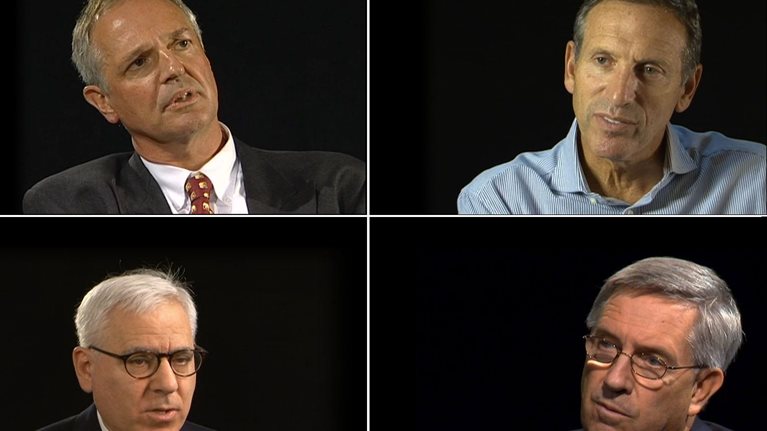Since the 2008 financial crisis and the onset of the Great Recession, a growing chorus of voices has urged the United States and other economies to move away from their focus on “quarterly capitalism” toward a true long-term mind-set.1 Yet the shadow of short-termism continues to advance—and the situation may actually be getting worse. A McKinsey Quarterly survey2 of more than 1,000 board members and C-suite executives around the world found that:
- 63 percent of respondents said the pressure to demonstrate short-term financial performance had increased over the previous five years
- 86 percent believed that using a longer time horizon to make business decisions would positively affect corporate performance in a number of ways, including strengthening financial returns and increasing innovation
So why are executives seemingly unable to change? The main source of the problem, we believe, is the continuing pressure on public companies from financial markets to maximize short-term results. The game would change if the market’s major players—notably big asset owners such as pension funds, mutual funds, insurance firms, and sovereign-wealth funds—joined the fight. We see four proven, practical steps for big investors serious about focusing more capital on the long term:
1. Invest after defining long-term objectives and risk appetite
The asset owner’s board and CEO must ensure that the portfolio is actually invested in line with a long-term time horizon and risk objectives. This goal probably requires allocating more capital to illiquid or “real” asset classes and to strategies (within a given asset class) that focus on long-term value creation. Asset owners also need to make sure that both their internal investment professionals and their external fund managers are committed to this long-term investment horizon.
2. Unlock value through engagement and active ownership
The typical response of many asset owners to a failing corporate strategy or to poor environmental, social, or governance practices is simply to sell the stock. Instead, asset owners and asset managers should act much more like private owners and managers who just happen to be operating in a public market. To create value, they should engage with a company’s executives—and stay engaged over time.
3. Demand long-term metrics to inform decisions
Making long-term investment decisions is difficult without metrics that calibrate, even if only in a rough way, the long-term performance and health of companies. Metrics like ten-year economic value added, research-and-development efficiency, the patent pipeline, multiyear returns on capital investments, and energy intensity of production are likely to give investors more useful information than standard income statements in assessing a company’s performance over the long haul. The specific measures will vary by industry, but they exist for every company—and asset owners and asset managers should demand and use them.
4. Structure institutional governance to support a long-term approach
The asset owner’s board must be independent and professional. Board members need the skill and time to be knowledgeable and engaged. Professional oversight should be complemented by policies and mechanisms that reduce short-term pressures and promote long-term countercyclical performance.
Until large asset owners radically change their approach, other key players (such as asset managers, corporate boards, and company executives) will probably remain trapped in value-destroying short-termism. But by accepting the opportunity and responsibility to be leaders who act in the best interests of individual savers, large asset owners can be a powerful force for instituting the kind of balanced, long-term capitalism that ultimately benefits everyone.
Read the full article, “Focusing capital on the long term,” on the Harvard Business Review website. Visit the Focusing Capital on the Long Term website for more on this initiative cofounded by McKinsey.


